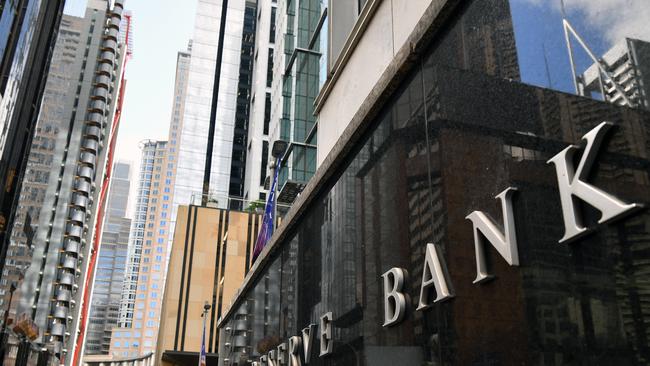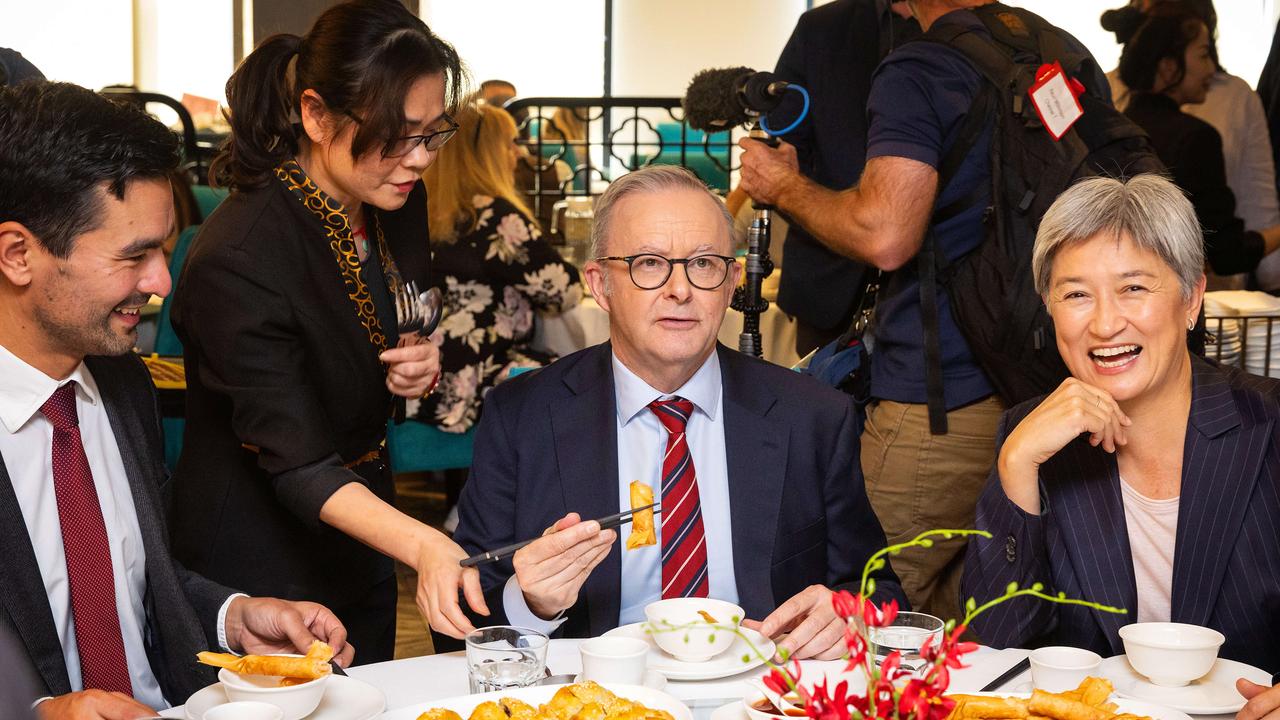
Of course, they’re not brain-dead or incapacitated, but they’ve hit a delicate transition point where the smart and safe path is to watch the data, wait for the economy to rebalance and say very little about what it may or may not do with interest rates.
In the new monetary era, all options are on the table.
“The path of interest rates that will best ensure that inflation returns to target in a reasonable timeframe remains uncertain and the board is not ruling anything in or out,” the statement’s key takeaway said, a variation of Bullock’s press conference free form last month.
Forward guidance, as the monetary artistry that puts a date on cash rate moves is called, was buried with Dr Phil.
Still, on Tuesday the RBA governor declared the news on the inflation fight was good, but the war was not over.
Uncertainty abounds because the signals are suggesting different things and the news from overseas suggests a period of instability for our peers and major trading partners.
The December quarter national accounts, for instance, showed that household spending was in a deep hole, much worse than the central bank estimated six weeks ago when it released its economic forecasts.
Yet, the economy keeps ticking over, thanks to migration-fuelled people power and the sugar hits from the public purse, and so demand is actually still ahead of the nation’s capacity to supply.
So at this policy meeting, the full complement RBA board sat on its hands and left the cash rate at 4.35 per cent, where it has been since November.
The language has been tweaked in the official statement, but not by much, thus confirming the biases of every economist whose employer has big dollars in play.
Bullock says we’re still on the narrow path of inflation returning to within the 2-3 per cent target band by next year, while holding on to the lion’s share of the post-pandemic employment gains.
It’s not clear what the trigger will be for the bank’s next move – up or down – but the weight of money is that it will be a cut to official interest rates.
But “the board needs to be confident that inflation is moving sustainably towards the target range”.
Again, we do not know how low or for how long that needs to be, but as more good news rolls in on headline inflation, the pressure will grow from the community for relief from elevated borrowing costs.
Bullock went out of her way to state that Canberra’s budget management was helping in the inflation fight, even as Jim Chalmers adjusts the narrative framing to highlight that growth is now a higher priority for the Albanese government.
There’s no RBA meeting in April and so the next decision on rates will be in seven weeks, in the lead-up to the May budget and just days after another official reading on inflation for this year’s first quarter.
For Bullock and the Treasurer, the waiting is the hardest part.




Michele Bullock and the Reserve Bank board are in a policy state of suspended animation.